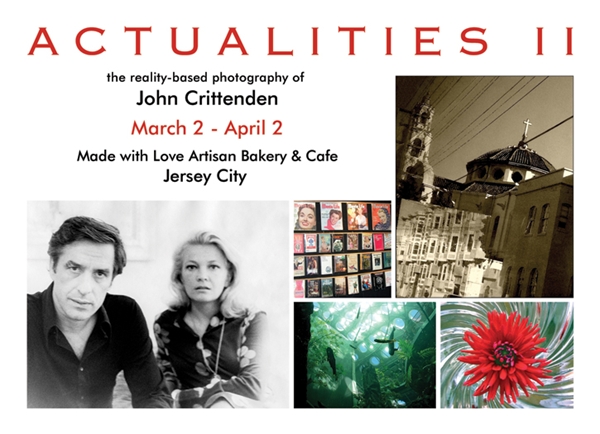
I’m pleased to be having my second solo show, less than a year after my first, at Made With Love Artisan Bakery & Cafe in Downtown Jersey City. Included in Actualities II are my portraits of John Cassavetes and Gena Rowlands, Liv Ullmann and Judy Collins, taken in the mid-1970s when I was a young journalist.
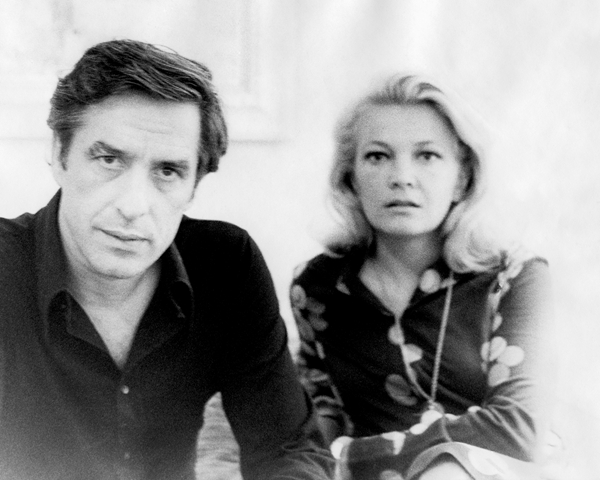
I was lucky to secure the 9 a.m. slot to interview John Cassavetes and Gena Rowlands the morning after “A Woman Under the Influence” — many consider it to be the greatest of the films they made together — debuted at the 1974 New York Film Festival at Lincoln Center. The interview was done in their hotel suite on West 58th Street, and they were still waking up when we began. He appeared first, and soon she came into the room and he presented her to me with admiration and pride in his voice. She seemed shy, almost fragile, and was even more strikingly beautiful than when acting on screen. At the end of the interview, I pulled out my Minolta 35mm film camera and took a few pictures without missing a beat. Having chatted for the better part of an hour, they were comfortable, weren’t asked to pose, and I didn’t use a flash. There was plenty of soft incandescent in the room and morning light was coming through the curtains. And so I captured the images of the director now remembered as the father of independent film in America, as well as a fine actor, and his actress wife, who is still beautiful and still making interesting movies today.
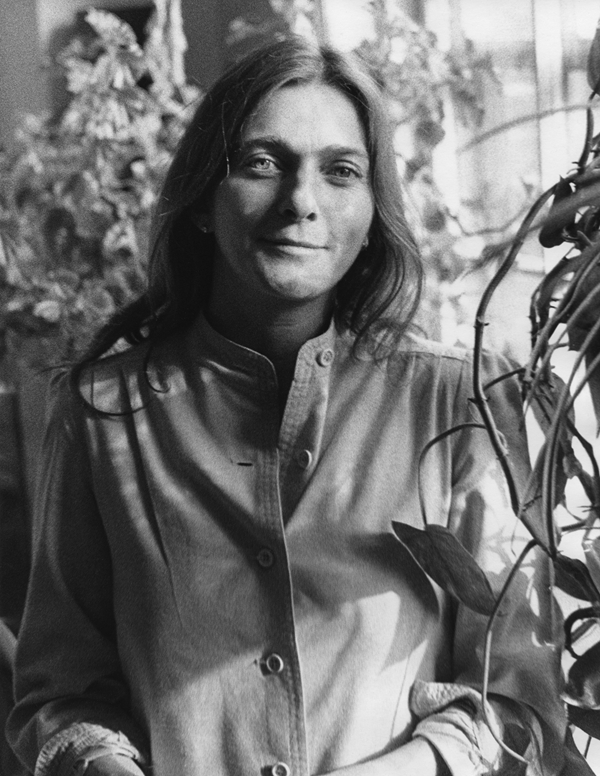
Judy Collins welcomed me into her apartment on Manhattan’s Upper West Side to discuss a film, “Antonia: A Portrait of the Woman,” which she produced and Jill Godmilow directed. The 1974 feature documentary tells the compelling but not widely known story of Antonia Brico, who in 1938 was the first woman to conduct the New York Philharmonic.
Born in The Netherlands, Brico grew up in California and was an accomplished pianist when she left high school, and already had experience in conducting. She graduated from the University of California, Berkeley, in 1923 and in 1927 entered the Berlin State Academy of Music, becoming the first American to graduate from its master class in conducting. She debuted as a professional conductor with the Berlin Philharmonic Orchestra in 1930. In 1934, back in the States, she was appointed conductor of the new Women’s Symphony Orchestra, which in 1939 became the Brico Symphony Orchestra after it admitted men. She conducted at the New York World’s Fair. But there were discouragingly few opportunities.
In 1942, she settled in Denver, Colorado and spent the rest of her life there, founding several local musical groups, conducting the Denver Symphony Orchestra, playing a major role in the city’s cultural life. She also taught piano, and this is where Judy Collins met her. She was one of Antonia Brico’s piano students.
I think it was extraordinary that Judy Collins, whose own musical career was going full swing in 1974, invested time and money in making a film tribute to a woman who was a hero in her life and who, she felt, had not gotten the artistic recognition she deserved in a field that was, and still is, predominantly male. And Judy Collins made sure the film was done right. “Antonia: A Portrait of the Woman” was nominated for an Academy Award in the documentary category. Antonia Brico died in Denver in 1989, at age 87.
After our interview, I photographed Judy Collins among her houseplants in her south-facing living room. Our visit was a particular thrill for me, of course, for hers was and is one of the great voices of my generation, and that interview was done only seven short years after her album “Wildflowers” was on every turntable in every college dorm room in America, including my own.
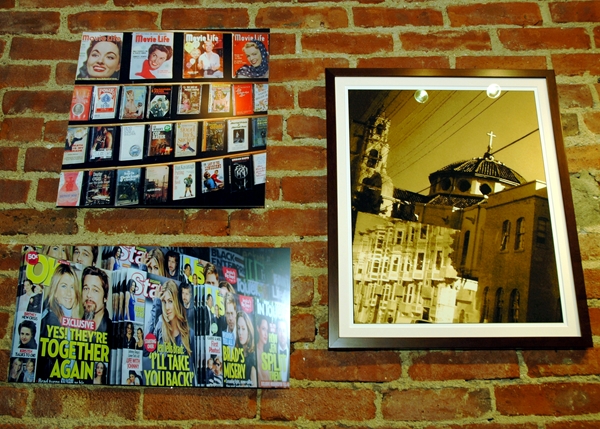
These photographs were taken in San Francisco, a city I dearly love. “In the City of Saint Francis” is on the right, a sepia-toned rendition of a single image. I think it has some feeling of the movement of the bus I was on when I took the exposure. I knew we would soon pass Mission Dolores, a tiny adobe church built in 1791 and the city’s oldest surviving structure, and I wanted to ready to snap it. I was shooting wildly, wondering what images I might get, kind of priming the camera. It turned out that this was the more interesting shot, a lucky shot totally unplanned. It’s a bit off-putting in color, with a phantom red digital zipper of words running through the middle, but when I took the color out and saw it in black and white I knew I had something. The lower left section of the image is the reflection in the bus window of the line of bay-windowed apartment houses across the street. The large church building with the cross on top is the modern basilica of Mission Dolores Church. Altogether, it is a vision of the city as it has looked, in this spot, for more than a half-century.
The subject is popular media in the photos at left, which are printed on metal and “float” on the wall, their corners as sharp as any print. Artists working in all mediums are fashioning comments these days on the supposed end of the print era, and these are mine. The relatively benign movie magazines from the 1940s and ’50s and the paperbacks with eye-catching covers displayed below them in the top photo were in the window of a used book store on Post Street. The magazines in the lower photo promise us, in January 2010, the latest “misery” in the lives of Jennifer and Brad and Angelina, none of which seems to have come to anything. I guess news was slow that week, the competition as cut-throat as ever. Whether such pages will still be viewed in one’s hands in 10 years time or will only be seen on screens I do not know. But I’m sure celebrity culture will continue to serve up the same formula “inside” exclusives. Inquiring minds will always want to know.
What casting directors and agents want to see nowdays is not necessarily the one perfect headshot, a mutual friend was explaining as I started taking pictures of Kathi Carlson a couple of summers ago. The people doing the hiring today want to see all the characters you can play, this actor and model said, and you need a selection of good shots so you can present an appropriate image for whatever part you’re seeking. Glossies with resumes on the back are still a necessity, but actors now are submitted for work with electronic images e-mailed to decision makers whose desks may be across town, or across the globe.
We were working with the available light streaming through Kathi’s living room windows, which was abundant (though variable, due to clouds, and eventually fading as the sun moved), and added fill light from incandescent bulbs in several lamps with their shades removed. I’ve always been comfortable using improvised lighting; it’s far preferable to flash-burning people’s faces. And digital cameras get better results with it than film cameras ever did.
As our friend Gary worked to call forth all the personas Kathi might take on for a stage play or a movie or commercial, I learned a lot about collaborating with performers. Gary and Kathi had just finished taking an acting class together, and with trust, trickery and a few acting exercises that afternoon we produced more than a dozen usable photos that suggest Kathi’s range. She was set to look for work. It was about that time that she quit an office job in the suburbs to put her energy into pursuing a show business career. It’s all paid off.
Flash forward two years, and Kathi’s been in one theater or film production after another in and around New York, and I’m now lighting my subjects with synced strobes that give consistent results frame after frame in my own well-equipped studio. And the trust and tricks still work their magic. Thanks Gary!
Last spring, Kathi hilariously played an android actress cast in TV soap operas and corny frontier family dramas in Alan Ayckbourn’s early-80s satiric comedy “Comic Potential.” (pictures way below).
Kathi has just been cast as Irina Arkadina in a new Americanized adaptation of Chekov’s “The Seagull” that will be performed in Manhattan by the Curan Repertory Company at The American Theater of Actors from Oct. 28 to Nov. 1. While Kathi often plays “mother” roles, Arkadina is not your run of the mill mom. I’m looking forward to seeing what she does as the big-ego stage actress reluctantly dealing with a neurotic son while trying to hold onto a fickle poet lover as well as her own fading stardom – a role of many nuances attempted by almost every great Russian, British and American actress of the past century.
Kathi Carlson is one of those performers who isn’t afraid of challenges, knowing how much they can stretch one’s talent and make the performing life exciting. Having gone skydiving for a recent birthday thrill, nothing will stop her from creating a memorable Arkadina this fall.
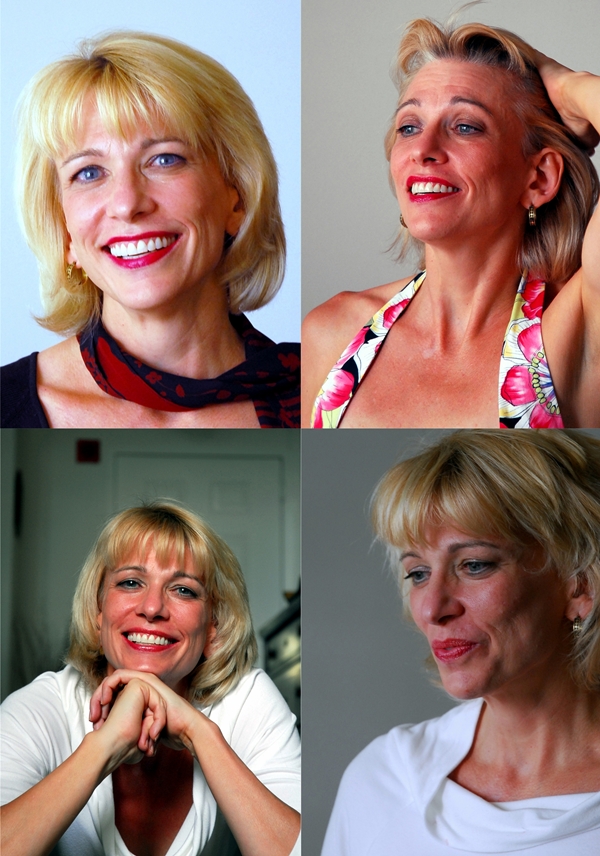
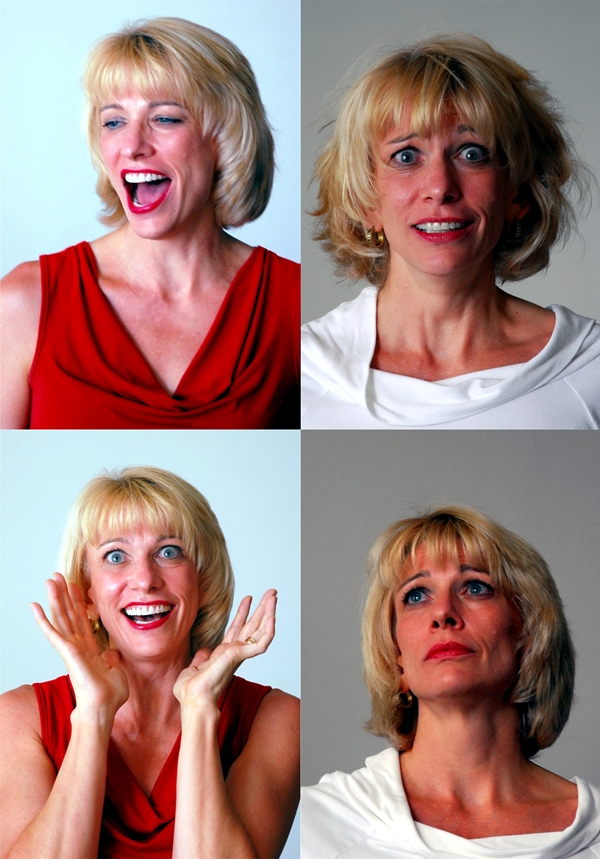
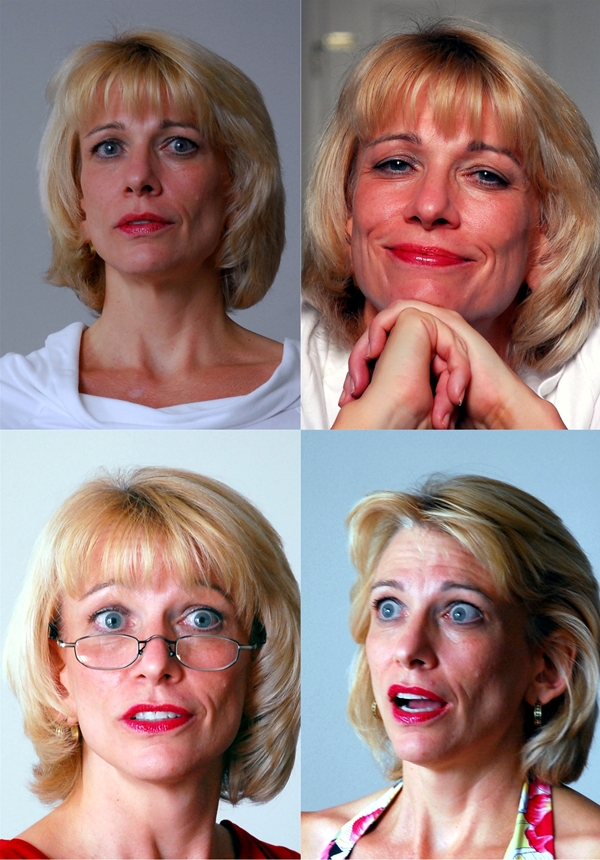
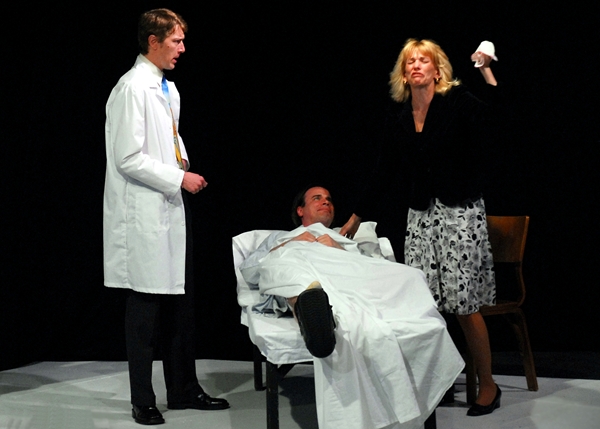
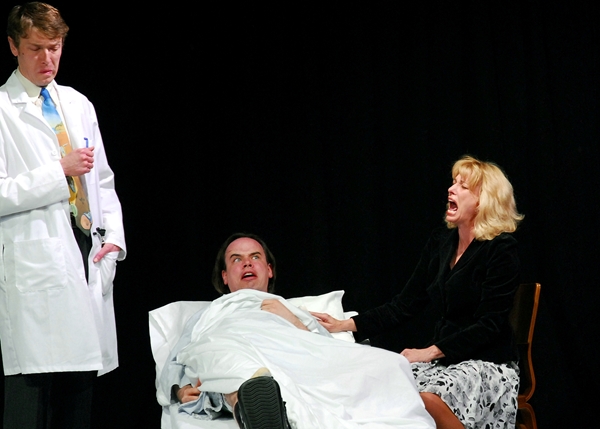
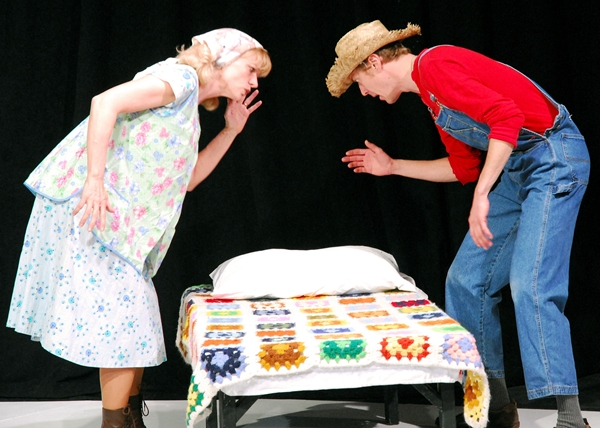
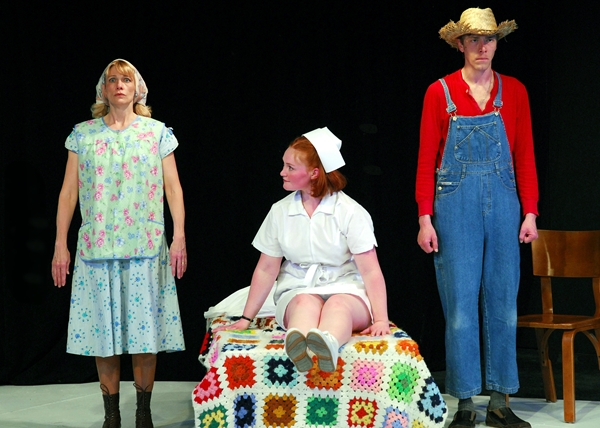
Kendra Shank is a fabulously gifted and inventive jazz singer. She works jazz originals and standards in unique ways, pushing them to abstraction yet never losing the thread. She’s led her own quartet for about 10 years, and was a West Coast singer based in Seattle before moving to New York in 1997. Born in California, at 19 she began her career playing guitar and singing folk and pop in the subways and sidewalk cafes of Paris. A Billie Holiday recording eventually prompted her to pursue a jazz career. Shirley Horn brought her to New York to perform as her guest at the Village Vanguard and co-produced her first album in 1994. Kendra Shank played guitar on Abbey Lincoln’s “Over the Years” CD as well as issuing her own “A Free Spirit: Abbey Lincoln Songbook” in 2007. With four albums of her own receiving critical acclaim over the years, she produced her fifth — “Mosaic” — in April 2009 and toured to promote it, drawing great reviews everywhere.
I’ve been a fan since Halloween 2008, when she and her group played a gig at 55 Bar, on Christopher Street near Seventh Avenue in Greenwich Village. Small and intimate, downstairs, unpretentious, no food, no cover charge — just my style. I wish a young couple at the bar hadn’t chattered continuously, and the lighting wasn’t particularly camera-friendly. But the singer and her longtime associates — Frank Kimbrough on piano, Dean Johnson on bass, Tony Moreno on drums, plus the young saxophonist who joined them for some songs — had me enchanted and impressed. I’ve since learned that not only has Kendra Shank played every important jazz venue, she’s taught clinics at music schools and at the New School. The quartet plays at the 55 Bar now and then. She must like it. Both brilliant and down to earth, Kendra Shank is the real deal.
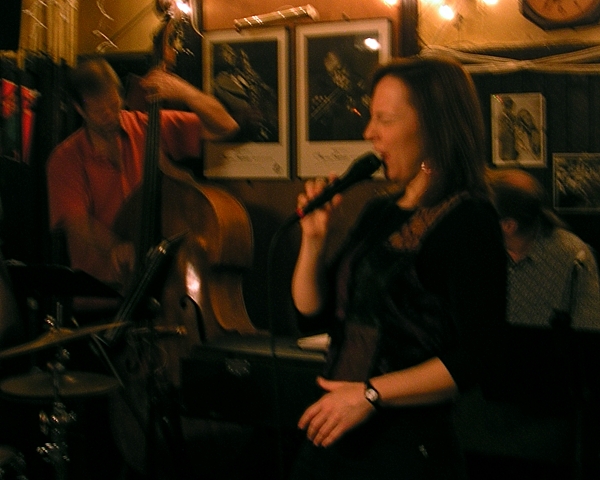
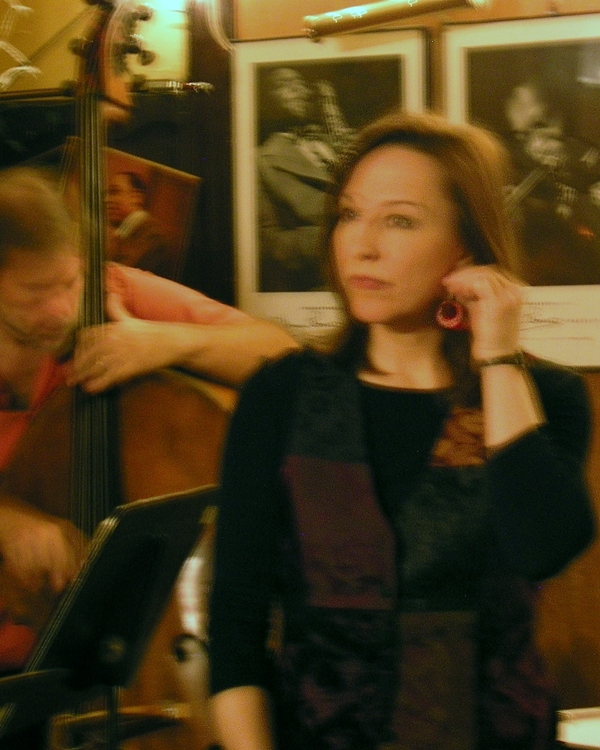
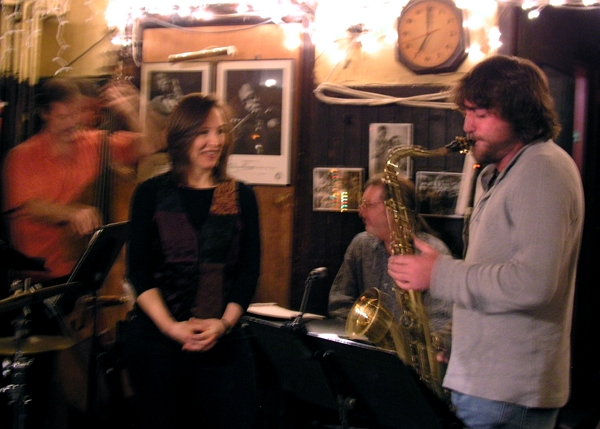
“Beauty is not caused. It is.” So said Emily Dickinson several generations ago, and it’s still true. Last May, I asked Hannah Plotka to pose for portraits for use in an ad I was putting together for the playbill for Hudson Theatre Ensemble’s “Rapunzel.” In HTE’s 2007 production of “The Miracle Worker,” Hannah played one of the children at the school for the blind in Boston that Annie Sullivan leaves when she is called to be Helen Keller’s teacher in Alabama. Hannah’s father David has played feature roles at HTE, and Hannah volunteers there, so Hannah was the perfect portrait subject.
My greatest fear going in was that she might feel exploited; after all, who needs to hold still for a portrait when you don’t need one for school and you’re not looking to work as a professional model or actress anytime soon. Determined not to pressure Hannah to be anyone but herself, I was happy to meet her mother and learn she was of the same mind. Hannah would not be getting a Jon Benet Ramsey makeover for the shoot. Fancy sunglasses and bracelets, fine and fun. Makeup, not much. No costumes. Hannah wanted to be photographed wearing her grandmother’s pendant. Years from now when she perhaps has grandchildren of her own, Hannah will be able to show them how beautiful she was the spring when she was no longer a little girl but not quite yet a teenager.
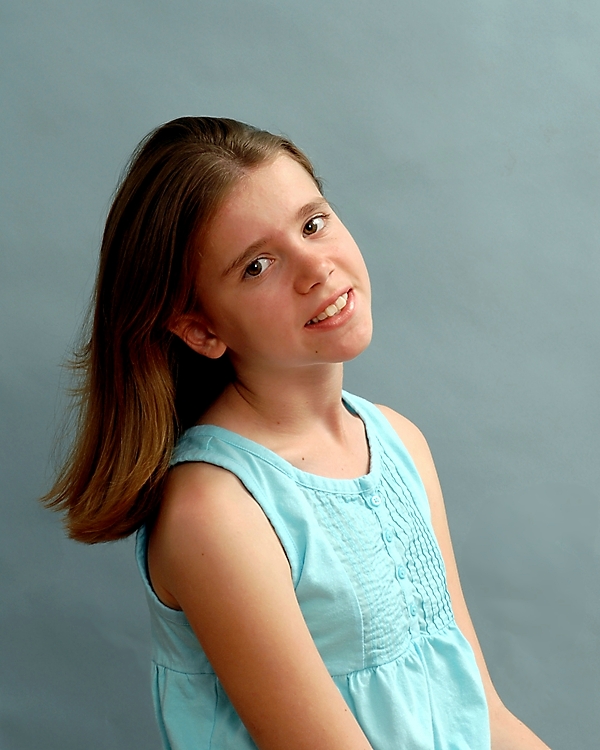
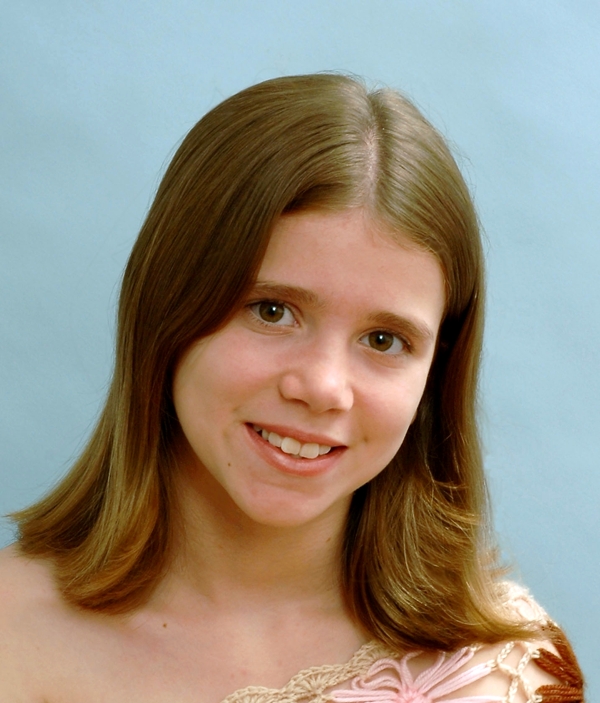
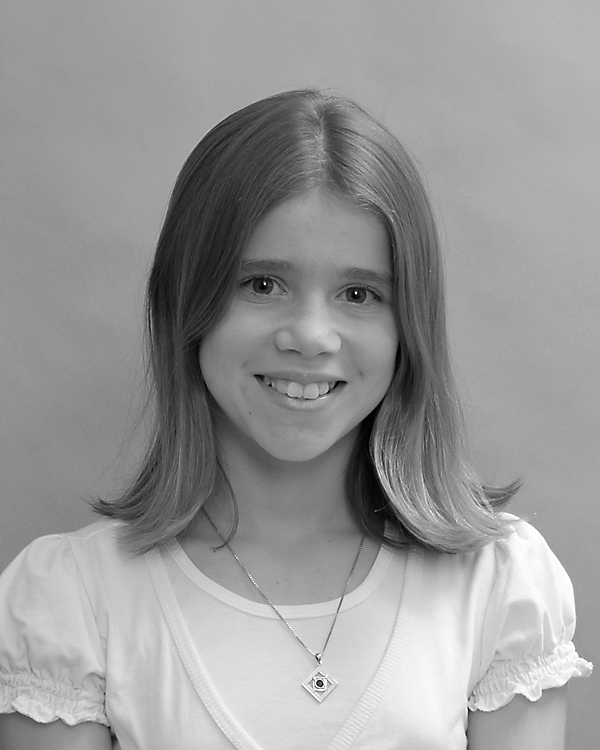
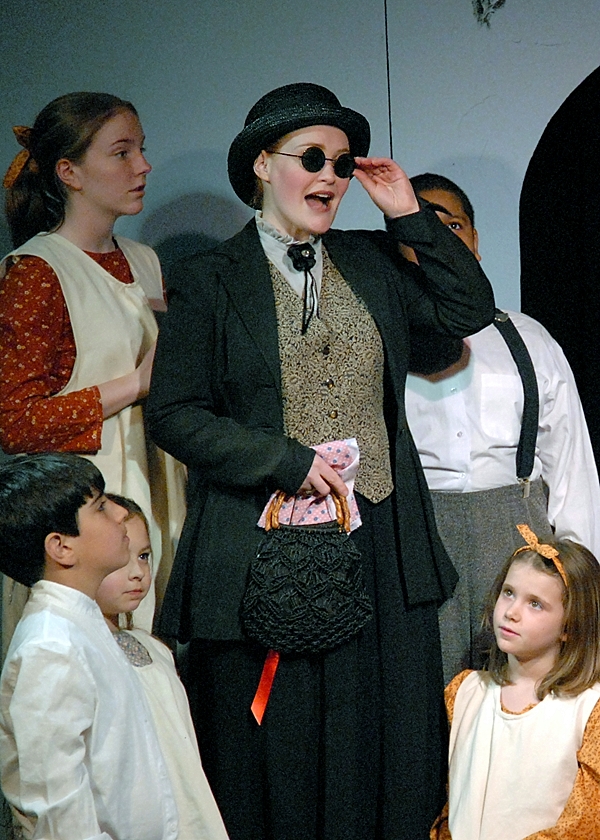
Gregory Nye has appeared in several recent Hudson Theatre Ensemble productions, playing various princes and kings for the kiddies, the hero’s best friend in Larry Shue’s comedy-drama “The Foreigner” and, most recently, a robotic actor playing both a TV soap opera doctor and a farmer in Alan Ayckbourn’s “Comic Potential.” Greg’s ready for paying work on stage and in television, movies and commercials — whoever hires him will be extremely pleased. He can do it all.
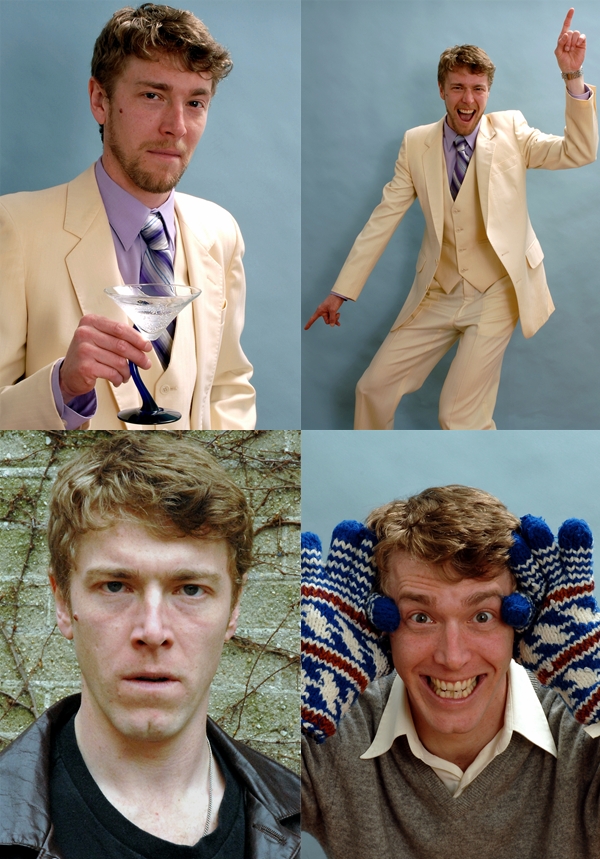
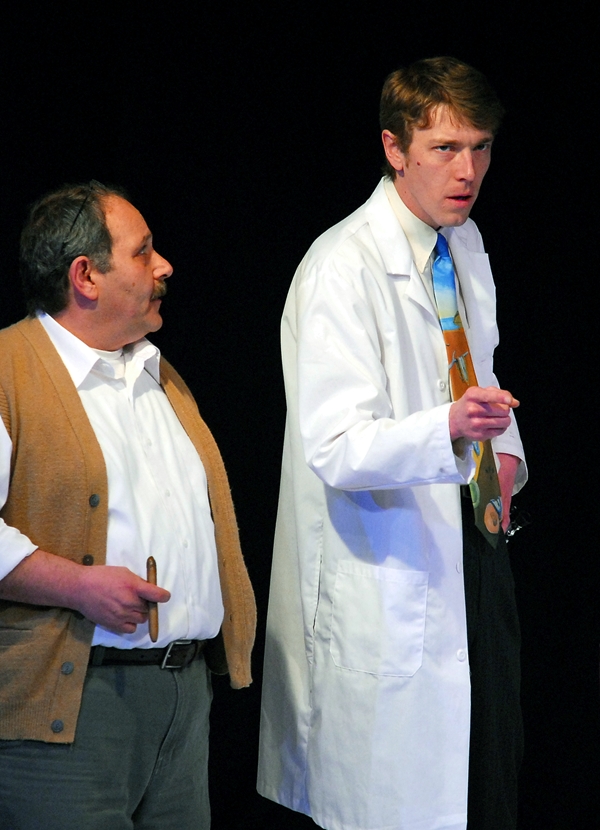
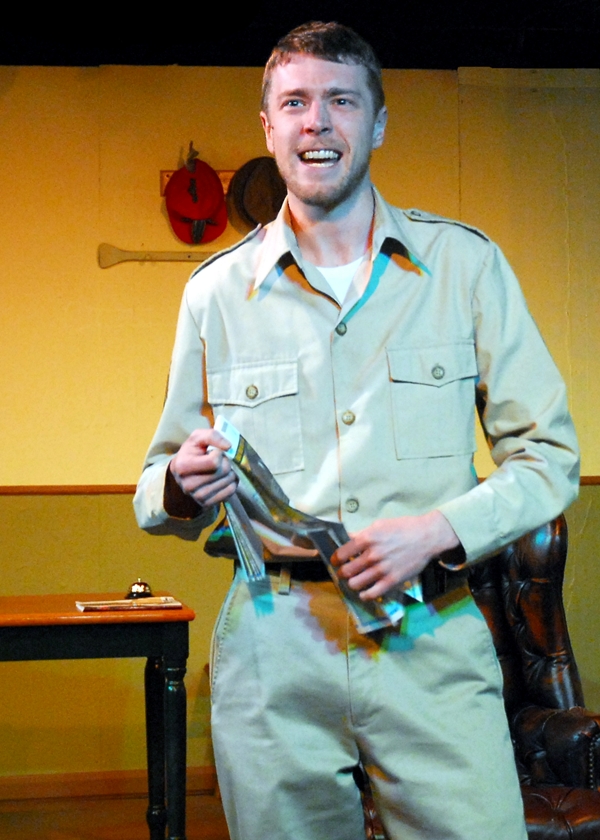

A heartfelt message from John Crittenden:
I’ve loved the theater as long as I can remember being alive! And I’ve been taking photographs for almost as long.
So welcome to my world, as I’ve seen it so far, up to this very minute. Have fun exploring, and if you need a photograph of yourself or someone you love, get in touch…
Show Me Your Faces!





















